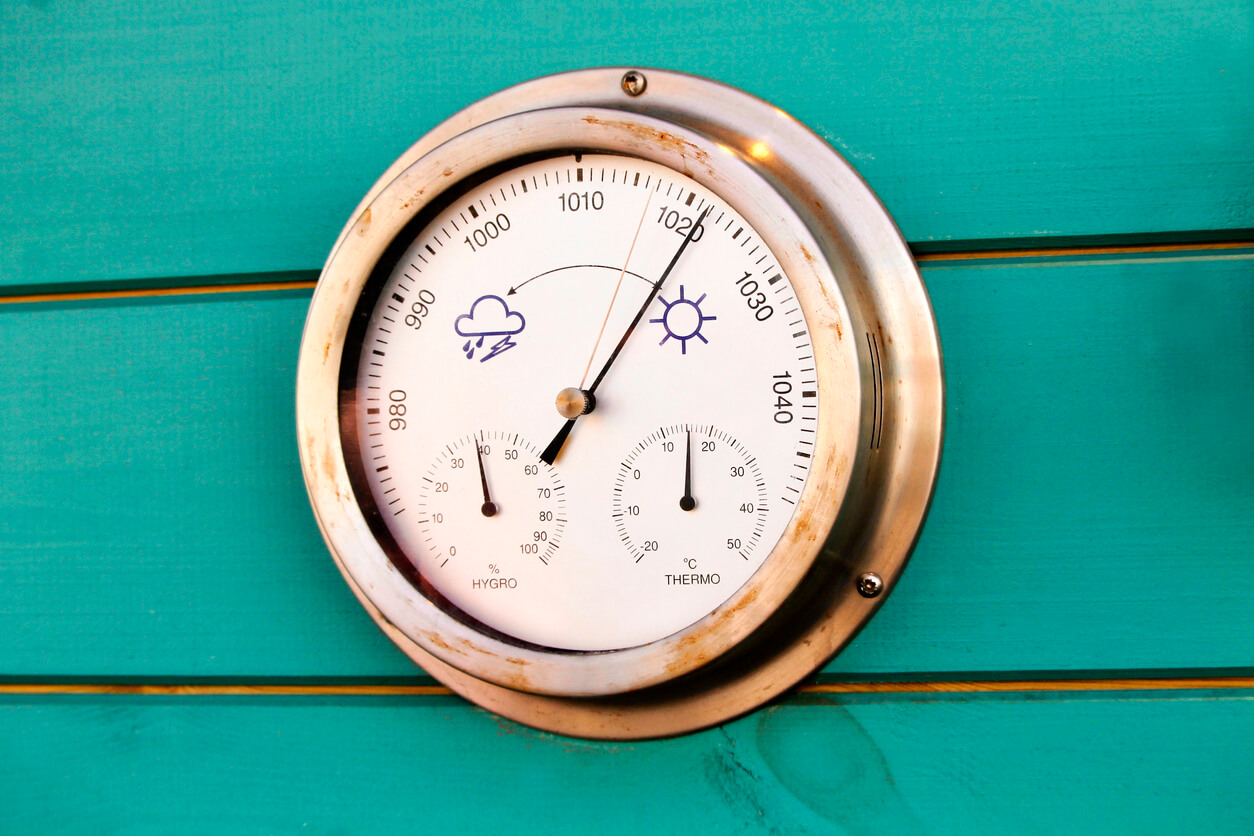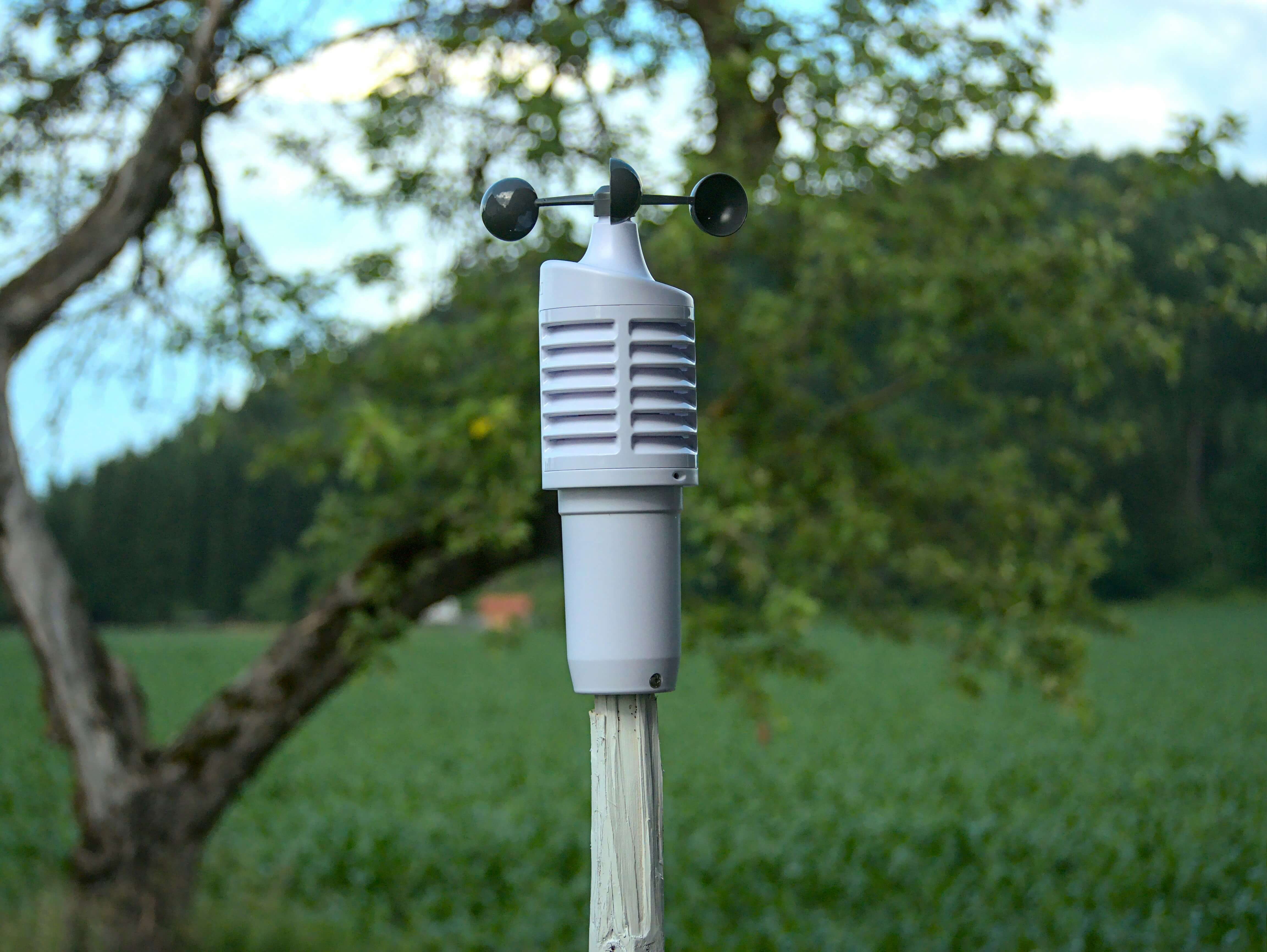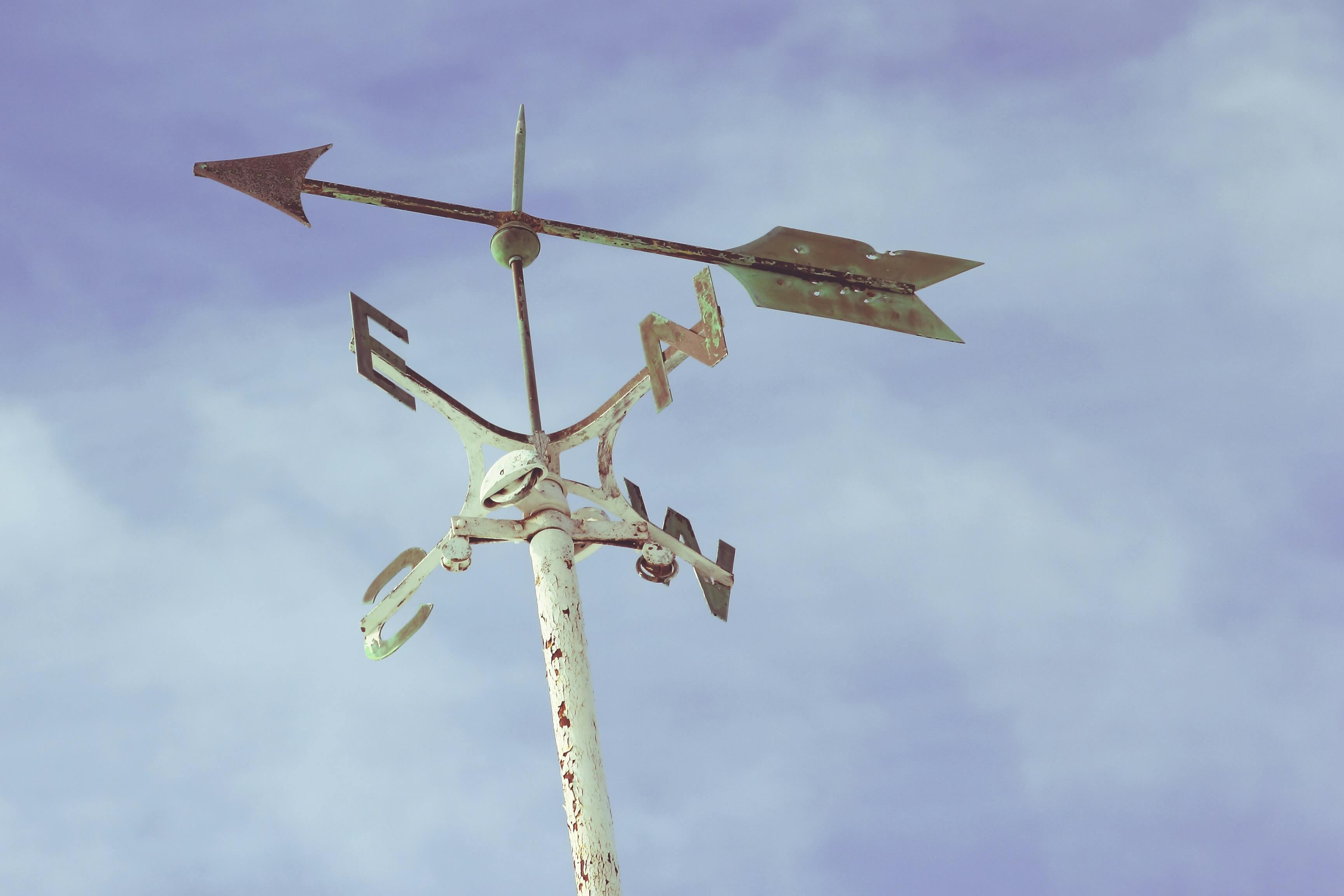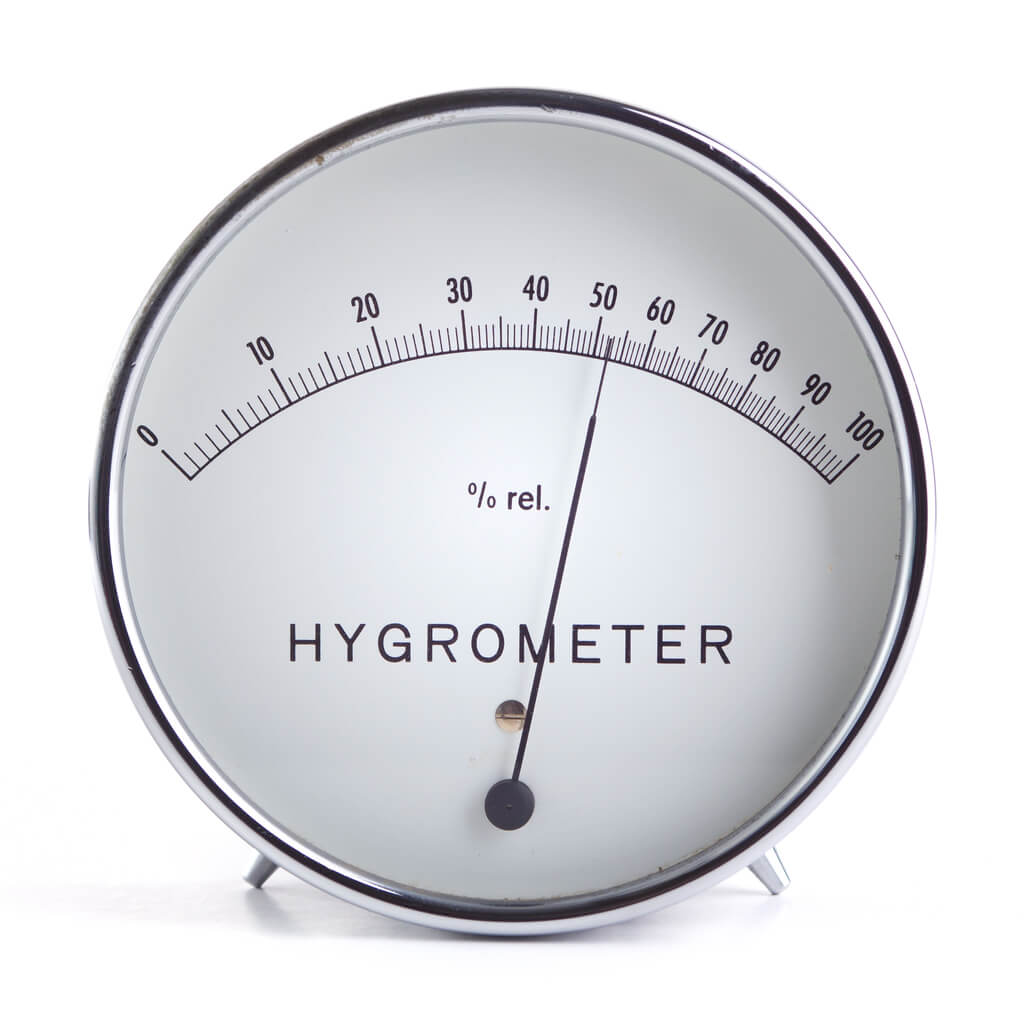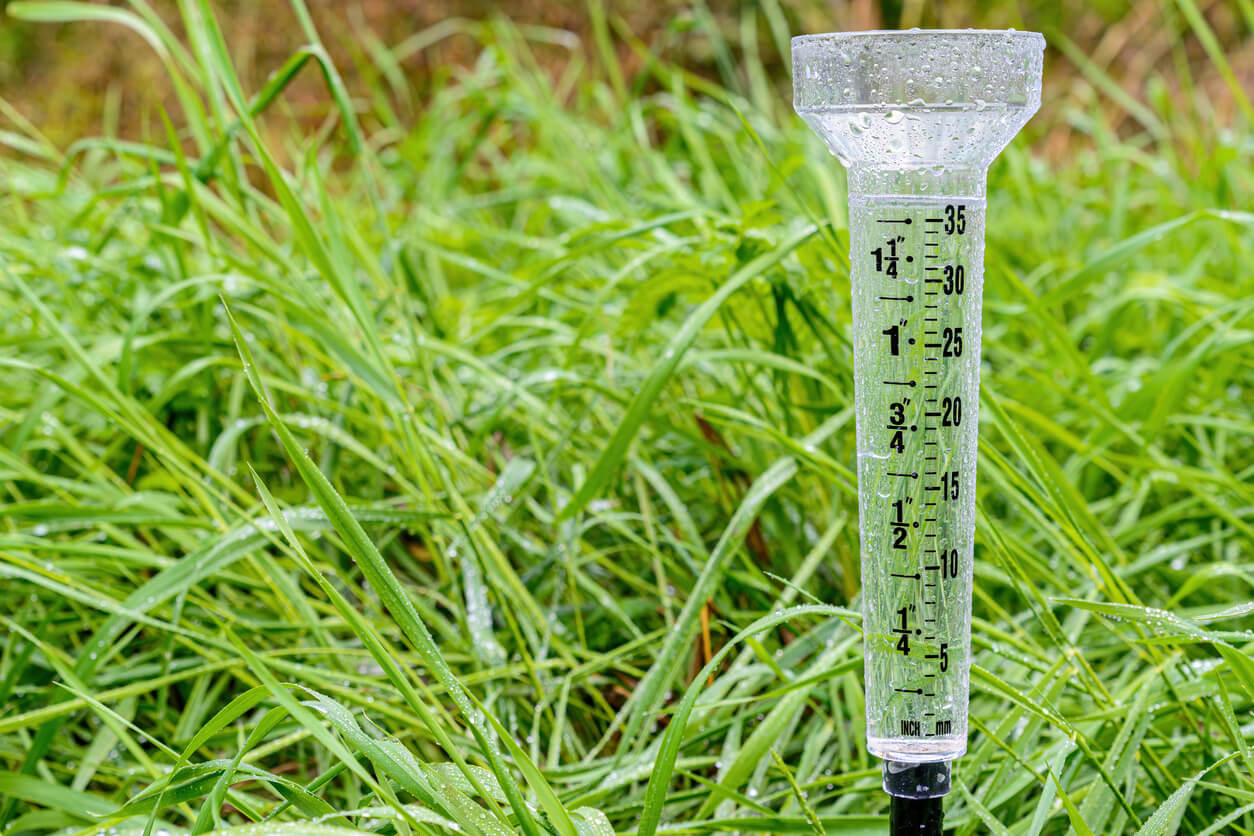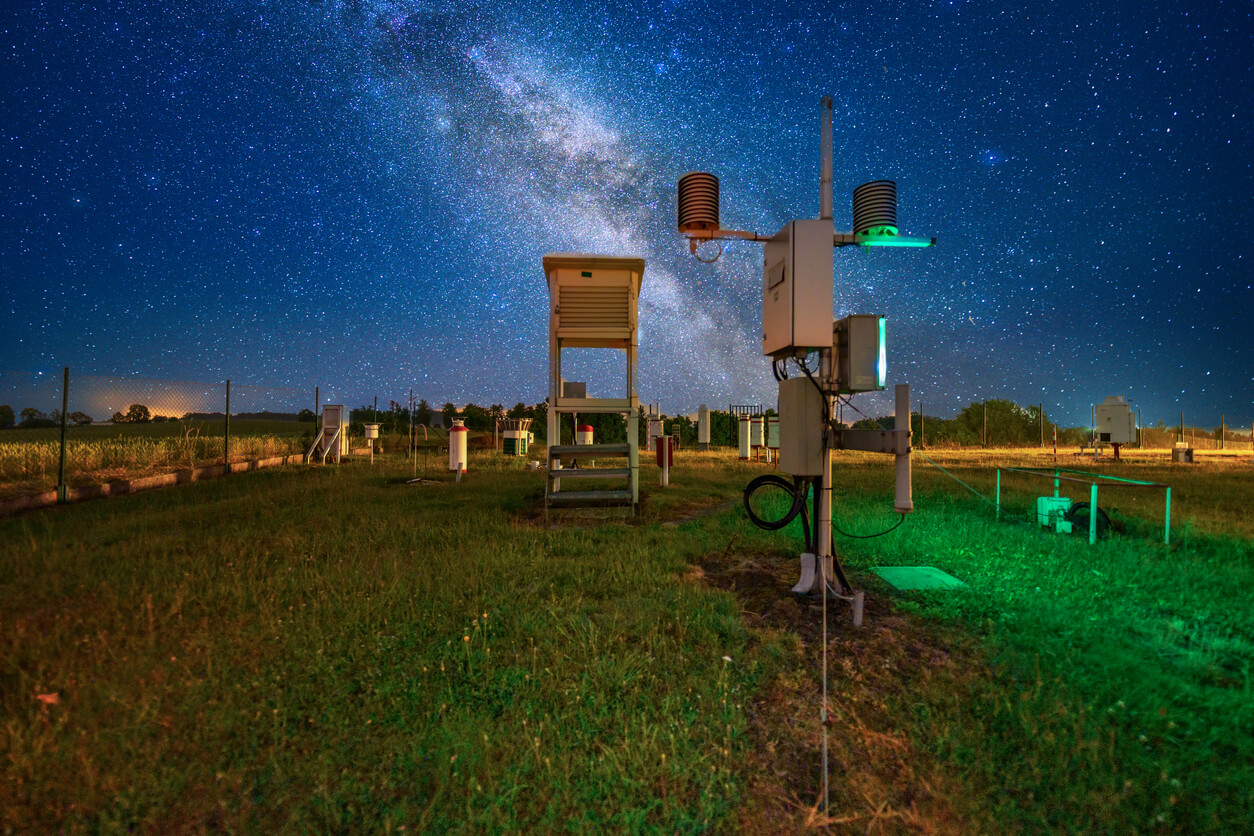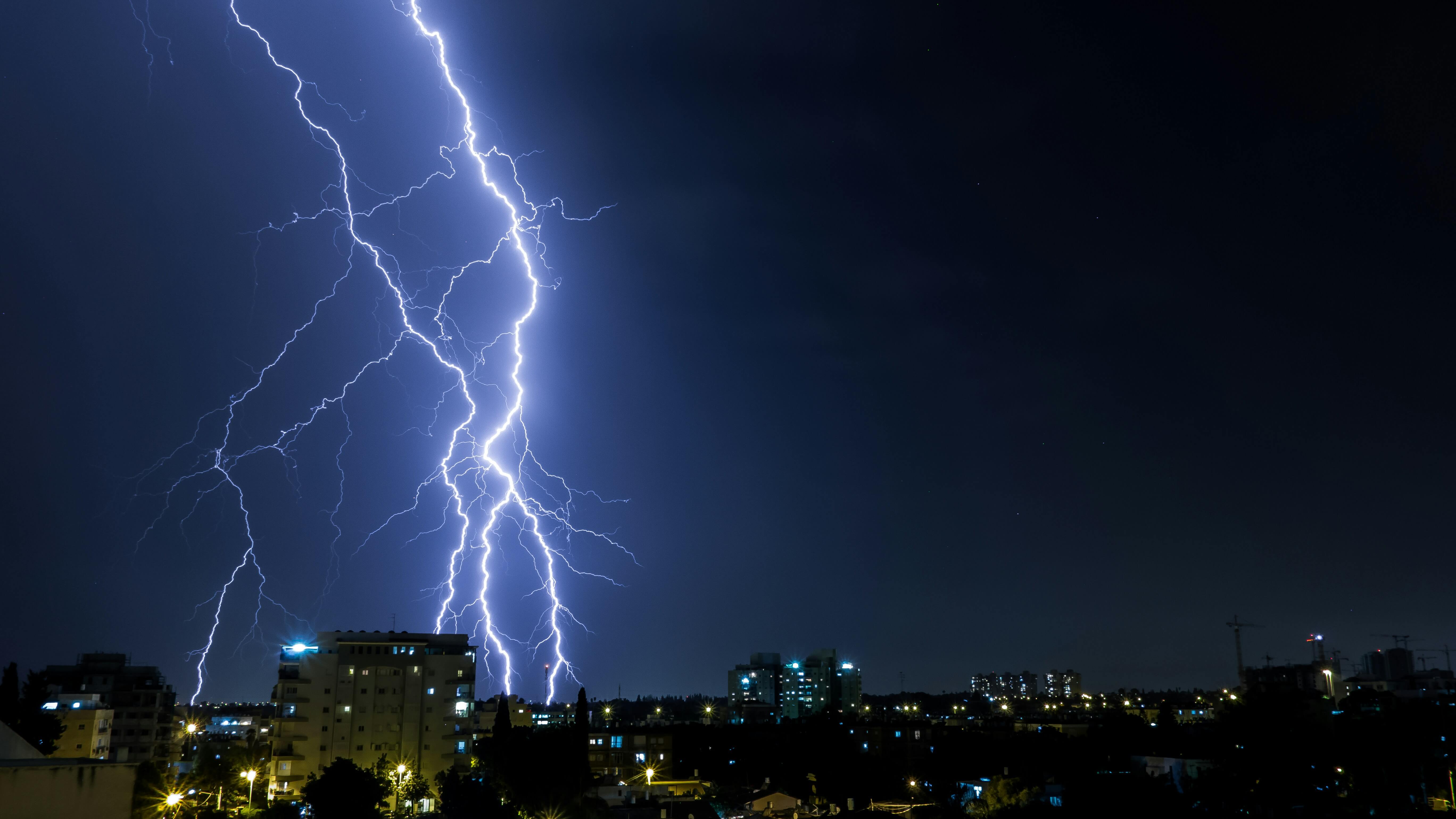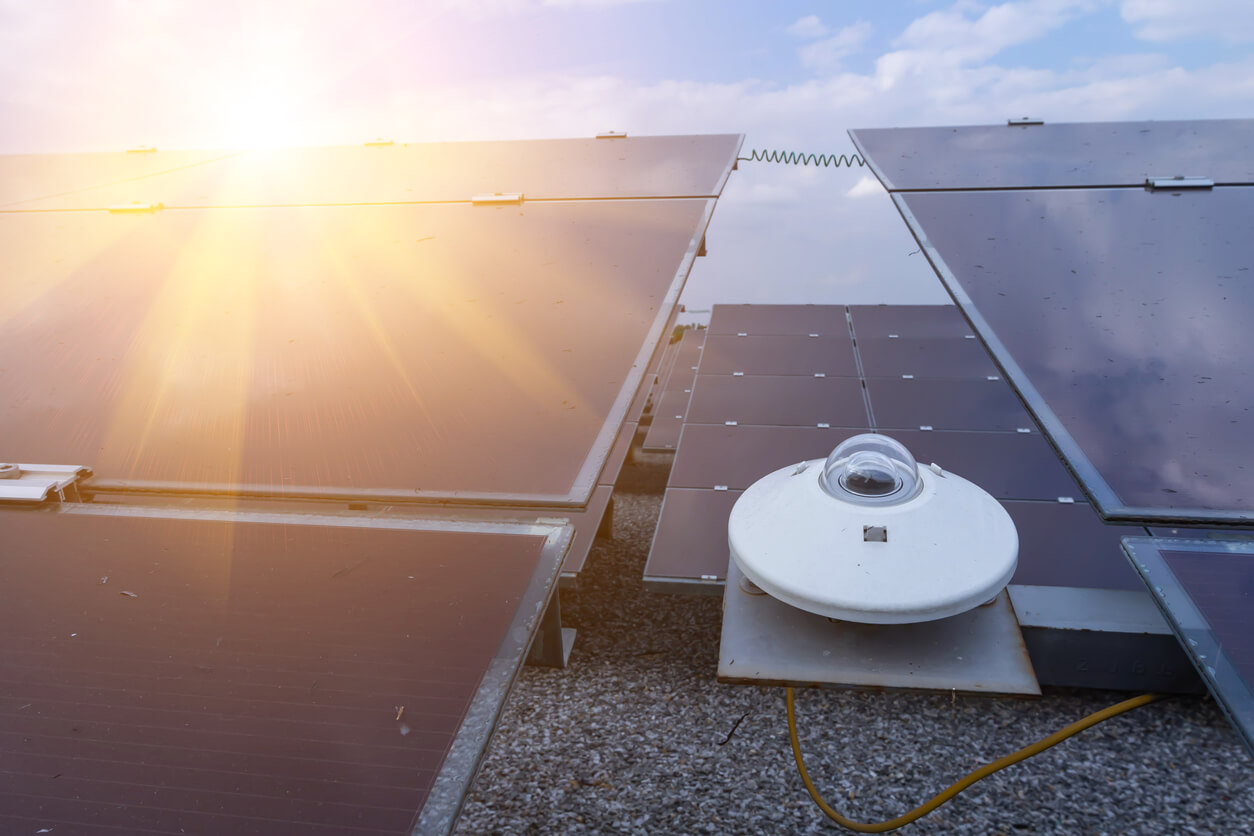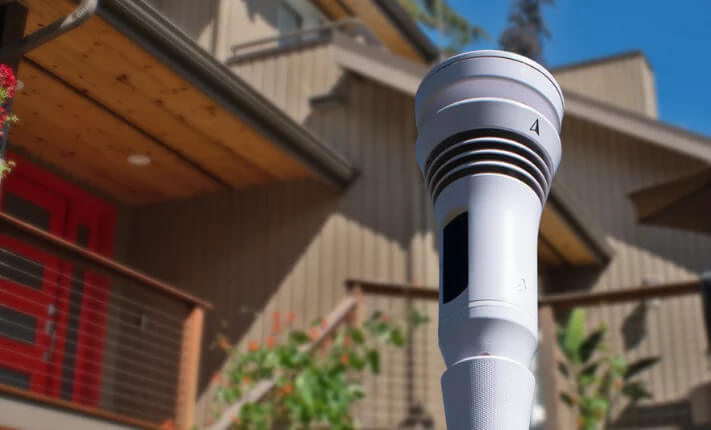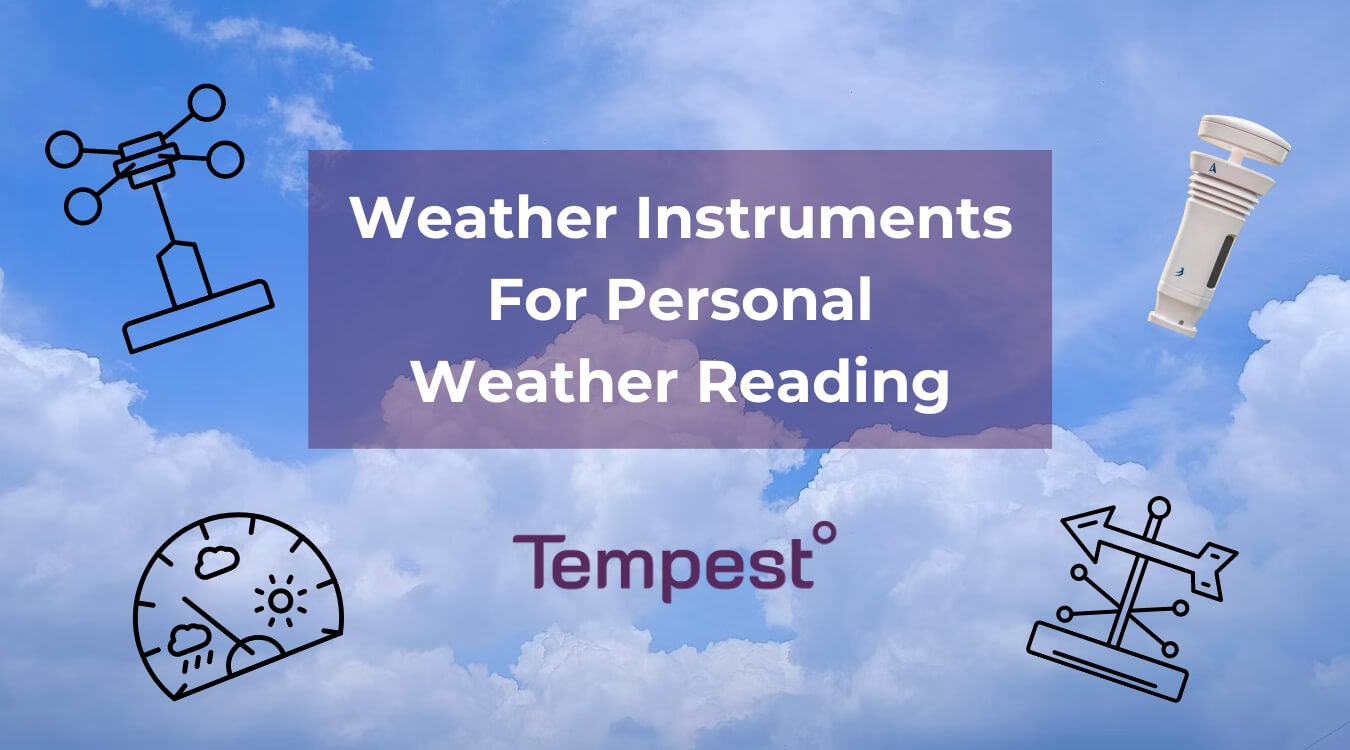
Are you a weather enthusiast, a gardener, or someone who works outside regularly? With modern weather instruments, you can access up-to-date weather information at your fingertips.
Most weather forecasts on the local news or online are based on a weather station at a specific location, such as the airport. If you don’t live near this location, the weather at your location may be significantly different. Personal weather instruments can give you a much more accurate and up-to-date weather forecast wherever you are.
- What Instruments Can You Use To Gather Information About The Weather?
- 10 Weather Instruments And Their Uses
The Tempest Weather System is a collection of the best weather-measuring instruments, all in one device.
What Instruments Can You Use To Gather Information About The Weather?
There are various weather instruments for understanding and predicting weather conditions. These tools and technologies collectively contribute to meteorological science, weather forecasting, and daily decision-making for individuals and industries. Everyday weather tools like thermometers are essential to most people’s lives. More advanced meteorologist tools like pyranometers and disdrometers may be less familiar but also benefit individuals and businesses.
With so many options, buying individual weather measuring tools isn’t always cost or space-effective. Instead, consider an all-in-one weather instrument like the Tempest Weather System. It takes less than five minutes to install and provides detailed local weather information straight to your phone.
10 Weather Instruments And Their Uses
This blog reviews the top ten essential weather instruments that can be purchased separately as handheld or mounted devices or included in an all-in-one weather station. Each of these instruments of the weather is unique and plays a critical role in measuring a different aspect of weather. It is only through using multiple tools and data points that meteorologists, and now any individual, can more fully understand the weather, predict it to a high degree of accuracy, and plan accordingly.
Thermometer
A thermometer measures the temperature of the surrounding air. It’s the most common weather instrument where people can read the outdoor temperature. Traditional thermometers are made with mercury, but digital thermometers are also common and affordable. Thermometers are critical in a variety of fields, including:
- Meteorology
- Health care
- Food safety
- Manufacturing
- Research and development
Barometer
A barometer is a weather tool for measuring atmospheric pressure, also known as barometric pressure. Changes in atmospheric pressure often correlate with the weather. High pressure usually means clear and sunny days. Low pressure often indicates an incoming storm. The original barometers were made with mercury or an aneroid call, a small metal box that expands or contracts depending on the air pressure. Digital barometers can provide more information, including graphs that show pressure changes over time.
Anemometer
An anemometer measures wind speed. Understanding wind speed patterns and current wind speeds is vital in aviation and marine navigation. People planning wind farms may reference weather data from anemometers as well. Most anemometers are made of small cups that spin and catch the wind. They are often placed on wind vanes. There are also digital anemometers that use ultrasonic pulses to measure wind speed. They are often built into weather stations.
Explore the Tempest online shop for highly accurate handheld weather-measuring instruments.
Wind Vane (or Weather Vane)
A wind vane, sometimes called a weather vane, determines wind direction. It’s probably the simplest weather equipment on this list. The most basic wind vanes are made of a horizontal arrow that can spin freely. The wind pushes the arrow, and the way it’s pointing is the way the wind is blowing. More advanced wind vanes use ultrasonic technology to measure wind direction, and they are often made in combination with digital anemometers.
A wind vane is an important weather instrument for creating a surf report. Explore our guide on how to read surf reports.
Hygrometer
A hygrometer measures humidity levels. Understanding humidity and dew point is important in weather forecasting and environmental monitoring. Humidity levels also affect how hot or cold the air feels and how comfortable we feel. An at-home weather station can display the indoor and outdoor humidity levels for a complete understanding of one’s living space. There are digital hygrometers and hair hygrometers which use strands of synthetic hair to measure relative humidity. As the humidity changes, the hair slightly lengthens or shortens.
Rain Gauge
A rain gauge accurately measures the amount of rainfall in a particular spot. Rain gauges can be simple cylinder containers with measurement markings, or they can be digital and measure rain start time, end time, and intensity. Rainfall data is helpful for agricultural planning and water resource management, so many backyard gardeners use rain gauges to help with timing for planting and watering schedules. Rainfall amounts often vary over areas under the same storm. A neighborhood a mile away may have gotten multiple inches of rain while your block got less than an inch.
Learn why weather forecasts are not always accurate and how at-home weather tools can help.
Disdrometer
A disdrometer measures the size and velocity of raindrops. It’s a lesser-known instrument to measure the weather but can provide important data for understanding rainfall patterns for hydrological and meteorological studies. Measuring rainfall is much more than just the quantity of rain. It’s about looking closely at how rain is falling and the details of the raindrops. It’s not common to purchase a disdrometer on its own, but they are often part of home weather stations.
Lightning Sensor
A lightning sensor detects lightning strikes and measures how far away they are. Lightning strikes come with many dangers, such as electrocution, damage to property and electrical systems, and wildfires. Tracking lighting strikes is the best way to ensure your safety and let you know when to seek shelter. Lightning detectors are also used in climatology research to help us understand thunderstorms and hurricanes.
Pyranometer
Pyranometers measure solar radiation or power from the sun in a specific location. Some of these weather instruments measure all types of solar radiation, while some only measure direct or infrared radiation. Pyranometers can help with:
- Choosing the best locations for solar panels
- Measuring the efficiency of solar panels
- Understanding the effects of climate change
- Predicting weather patterns
UV Radiometer
A UV radiometer measures the intensity of ultraviolet radiation from the sun. It’s a type of pyranometer that focuses only on UV radiation. This weather tool aids in calculating the UV index. All the examples of weather tools on this list, especially this one, are critical as climate change continues to affect the ozone and our UV exposure. Accurate readings of UV radiation are important for public health advisories and environmental and climate research.
Tempest Home Weather System: An All-In-One Weather Instrument
Whether you are newly exploring tools to measure weather or looking to consolidate those you already have, we recommend an all-in-one weather system. The Tempest home weather system is a thermometer, barometer, anemometer, rain gauge, lightning sensor, and more. It all comes built in a three-pound sensor device.
With the included small Wi-Fi hub, you can set up and mount your home weather equipment in minutes and access the data in real time from anywhere using your phone. The Tempest Weather System also pairs with your smart home systems so that you can set automations based on weather. For more details about the capabilities of the all-in-one Tempest weather system, read our frequently asked questions.

